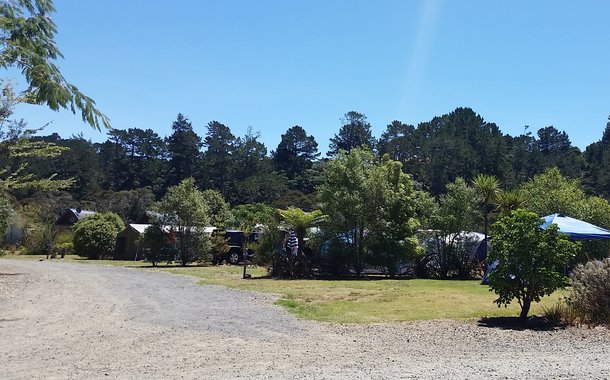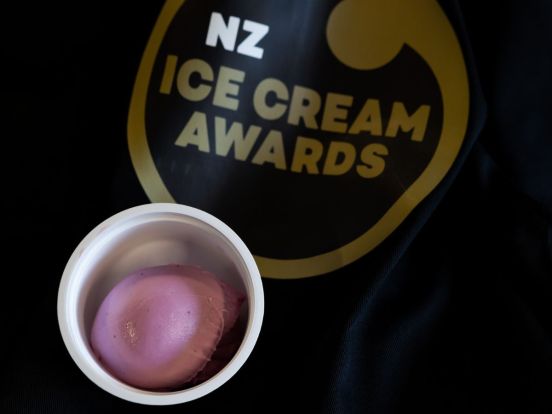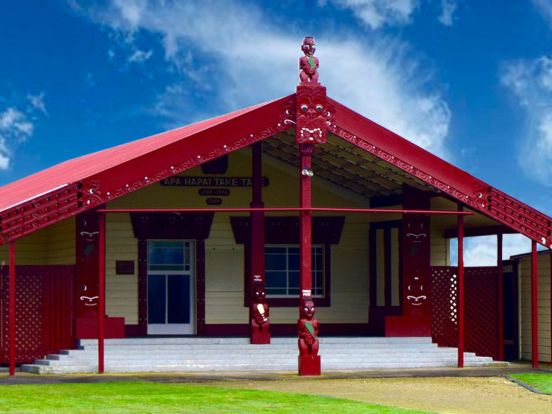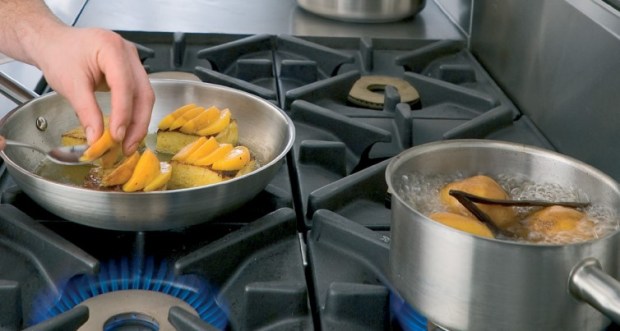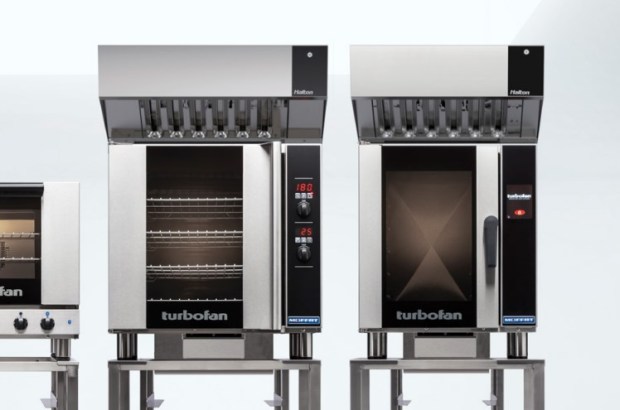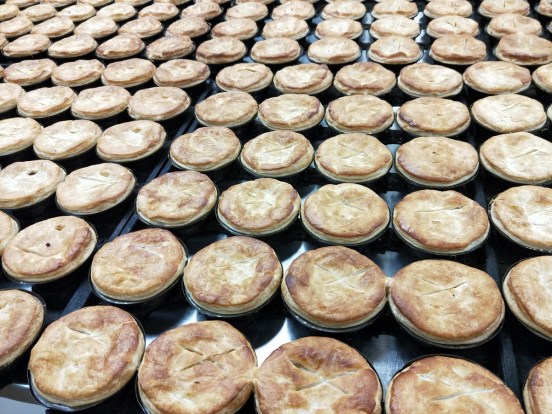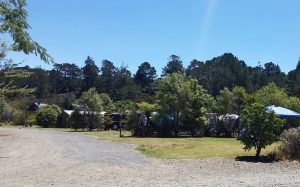
Visitors staying at holiday parks contribute more than $1 billion a year[1] to New Zealand’s economy, new research carried out for Holiday Parks New Zealand (HAPNZ) has found.
International visitors shell out $490 million (46%), while New Zealanders spend $578 million (54%). Expenditure by international visitors contributes directly to New Zealand’s export earnings.
Earlier this year Angus & Associates examined the expenditure of holiday park visitors across a range of regions and by a variety of visitor types. This peak season study found that the total spending by holiday park visitors of $1.068 billion means their direct economic contribution is similar to that of the New Zealand recreational fishing sector ($946 million in 2016[2]), and greater than the cruise sector ($484 million, 2016)[3], and the New Zealand music industry ($245 million, 2015)[4].
Compared with other export sectors, the foreign exchange contributed by international visitors staying in holiday parks ($490 million) is as substantial as that generated by New Zealand apple exports ($562 million)[5] and the aquaculture industry ($500 million)[6].
The research found that visitors spent an average of $145.71 per night while staying in holiday parks ($113.73 for domestic visitors and $190.46 for international visitors)[7].
In comparison with the 2014/2015 season, expenditure in 2016/2017 on a per person per day basis was 5% lower[8].
“This decrease was primarily driven by the domestic market. We believe it’s mainly because Kiwis are spending less on fuel, as the price of petrol has fallen since the previous period of research in 2014/15. They also spent less on activities and attractions, probably because of our poor summer,” HAPNZ Chief Executive Fergus Brown says.
New Zealand holiday parks generate 7.7 million guest nights a year, from 3.2 million guest arrivals[9]. This level of activity represents 20% of all commercial guest nights in New Zealand in the last year.
Domestic visitors account for two-thirds (66%) of holiday park guest nights, while the international market has grown over time to now make up one-third (34%) of guest nights (up from 20% fifteen years ago)[10].
Average expenditure per person per trip has increased by 12% since 2014/15 – primarily driven by an increase in expenditure by international visitors, which may reflect the falling cost of international airfares[11], Mr Brown says.
Angus & Associates’ research also examined what holiday park visitors were spending their money on. The table below shows how the expenditure of these visitors is distributed amongst various types of businesses within host communities. It also calculates what this might mean in terms of expenditure on an annual basis (based on guest nights for the year ending January 2017).
One-quarter (25%) of holiday park visitor spend can be attributed to accommodation costs (around $266 million annually). The remainder, $760 million, is mainly spent on activities/admission fees, groceries/snacks and eating out, and transport (including petrol/fuel).
| Category of Expenditure | Distribution of Spend
Holiday Park Visitors (Dec to Feb) |
Approx. Annual Expenditure (YE Jan 2017) |
| Accommodation | 25% | $266 million |
| Activities/admission fees | 15% | $164 million |
| Groceries/snacks | 15% | $161 million |
| Transport | 13% | $139 million |
| Cafés/restaurants | 10% | $108 million |
| Petrol/fuel | 10% | $108 million |
| Bars/nightclubs/alcohol | 2% | $26 million |
| Other shopping | 9% | $97 million |
| Total | 100% | $1068 million |
“Angus & Associates’ research found some interesting differences in the expenditure of international and domestic holiday park visitors. International visitors spend significantly more on activities and attractions and transport, while domestic visitors spend slightly more on accommodation and goods such as snacks and groceries,” Mr Brown says.
“International visitors also have a much shorter average length of stay at a holiday park – 3 nights, compared with 7 nights for domestic visitors. So while international visitors spend more on a daily basis, domestic visitors spend more per stay. For this reason, both markets continue to be important to the sector as each offers different benefits.”
The research also found holiday park visitors spend on a very wide range of items, meaning the economic benefit of a holiday park for its host community is not only well spread, but also not limited to small ticket items. For example, the 2016/2017 research identified expenditure on clothing and footwear, books and magazines, jewellery, camping and fishing equipment, pet accommodation, gifts, car and bike repairs, pharmacy items, fabric, furniture, postage and souvenirs.
“Our study highlighted that campervan travellers are of very high value to holiday parks. Campervan travellers spend an average of $183.82 per person per day while staying at holiday parks (and $202.43 per person per day if we consider international campervan visitors only),” Mr Brown says.
“Two-thirds (69%) of international visitors to holiday parks during the period of the research were staying in a campervan and these visitors reported higher than average spending on activities/admission fees and (not surprisingly) transport costs.”
Holiday parks make a significant economic contribution to their local community, the research found. Parks employ staff, purchase supplies, spend on facility maintenance, and pay marketing and professional services fees, Mr Brown says.
“Other indirect expenditure should also be taken into account, such as the dairy that employs an extra person over summer to cope with the business generated by holiday parks; the boating store that places additional radio advertising to attract purchases from holiday park visitors; or the local council that employs contractors to re-seal the public road leading to the holiday park.”
The research proves that holiday parks are good business, he says.
“Holiday parks provide a genuine authentic New Zealand holiday experience. The sector is heartened to see a change from parks being sold for redevelopment to new parks being established, with developments in Glenorchy and Hokitika being recent examples.”
1. Based on extrapolating average daily expenditure for domestic and international visitors recorded by Angus & Associates over the December 2016 to February 2017 season to all domestic and international Holiday Park guest nights for the year ending January 2017 (from Statistics New Zealand Accommodation Survey guest origin data). The total is $1,068 million.
2. http://www.nzmrf.org.nz/files/New-Zealand-Fishing-Economic-Report.pdf
3. http://cruisenewzealand.org.nz/data/
4. PWC, NZ Music Industry Economic Report, October 2016
5. http://www.plantandfood.co.nz/page/news/media-release/story/freshfacts-shows-export-growth-for-NZ-horticulture/
6. http://www.aquaculture.org.nz/industry/overview/
7. Angus & Associates, Holiday Park Visitor Expenditure December 2016 to February 2017, March 2017
8. Angus & Associates, Holiday Park Visitor Expenditure 2014/15, April 2015
9. Statistics New Zealand, Accommodation Survey, year ending January 2017
10. Statistics New Zealand, Accommodation Survey, guest origin data, historical data; year ending January 2017 data
11. http://www.stuff.co.nz/business/industries/76272277/Air-NZ-signals-big-drops-in-domestic-and-international-airfares


